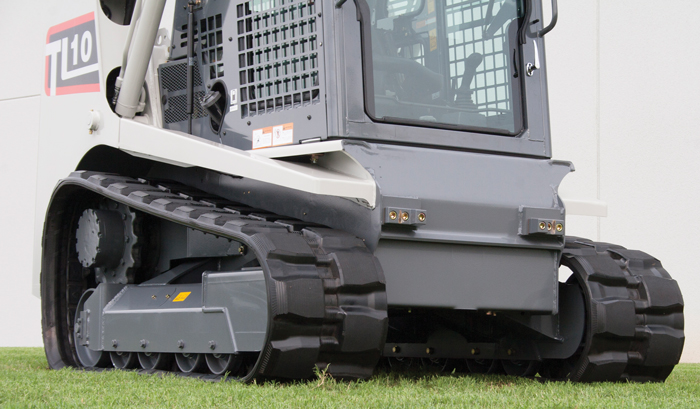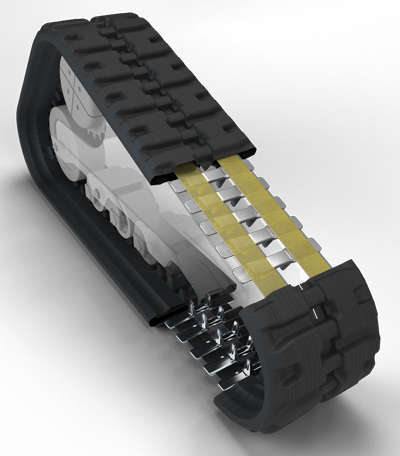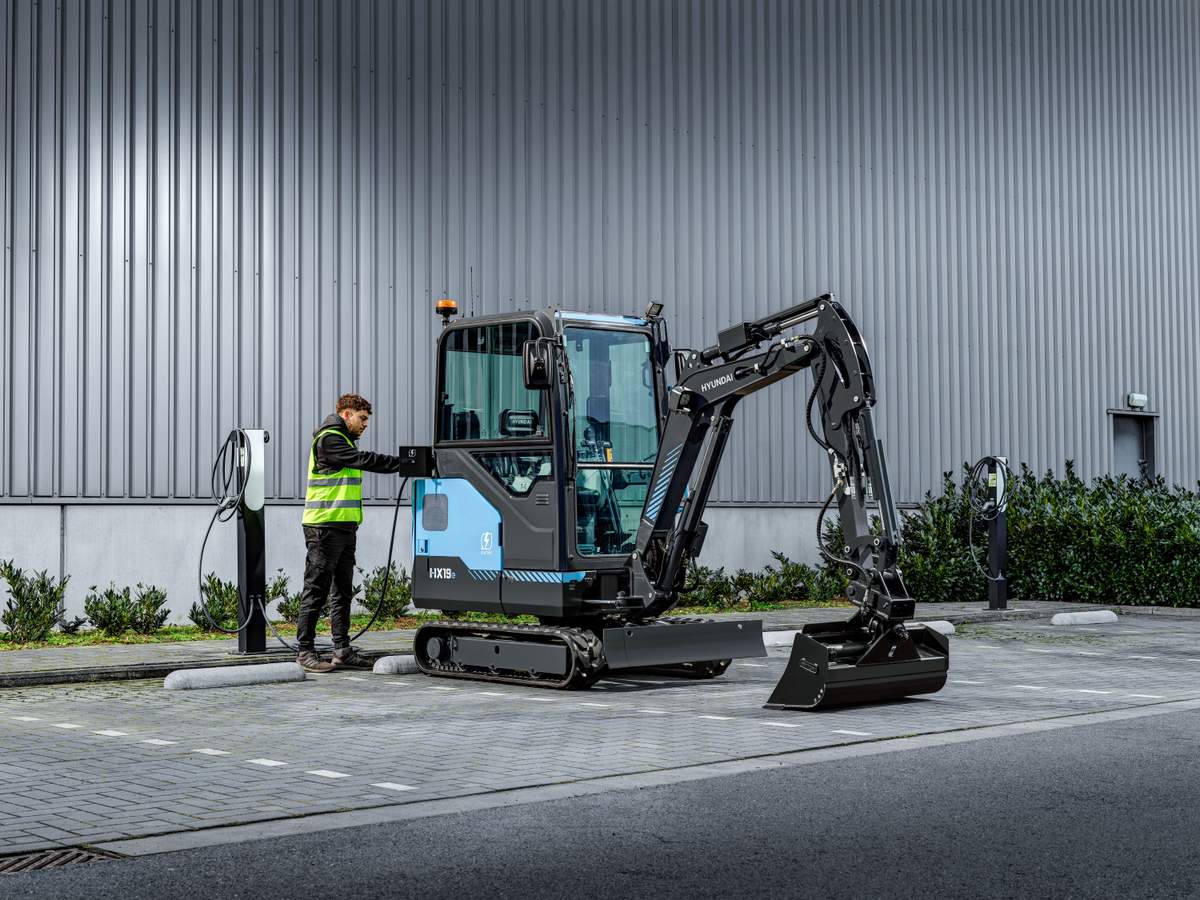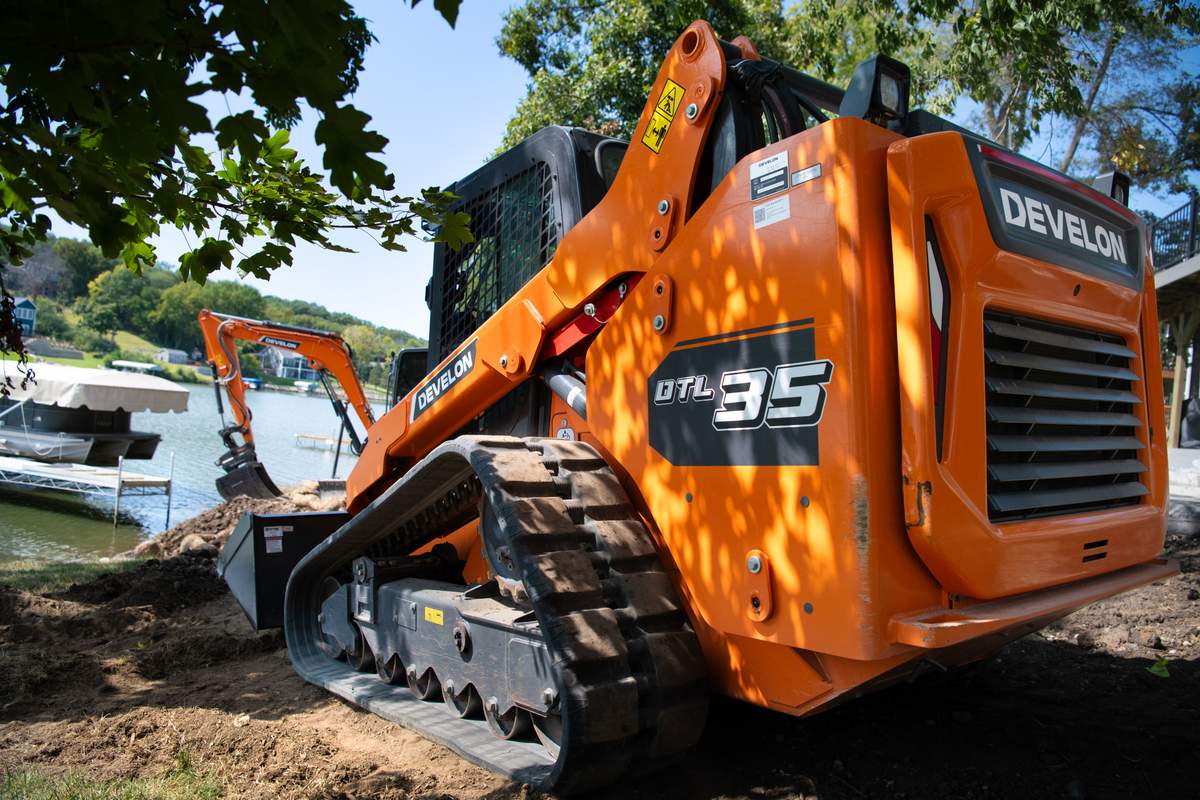Tread, Tension and Travel

“When you consider that approximately 95 percent of the operating cost of a tracked machine, excluding labor, comes from fuel and undercarriage, the undercarriage is the most costly part of any tracked machine,” explains Kevin Lock, product marketing manager of undercarriages at CNH Parts & Service (the worldwide support division for Case and New Holland Construction). “That is why, when it comes to lowering the overall cost of equipment ownership, it’s important for customers to understand the undercarriage — especially decisions about buying, maintaining and replacing tracks.”
The average cost to change a set of four 12- by 16.5-in. tires for a larger chassis skid steer is around $800. A set of rubber tracks for a similar size track loader machine will cost you around $1,200 to $4,000. It could be a difference of thousands of dollars to replace your most wearable part — rubber.
“At the end-user level, the price range varies according to the size of the track and retails anywhere from $600 per track to $1,800 per track,” says David Gingras, construction track R&D director at Camoplast Solideal (a global manufacturer of tracks and tires for the construction, materials handling, agriculture and powersports industries). “Be sure to take the time with multiple vendors to understand what type of track is right for you. Factor in application and intended hourly usage. Evaluating this will allow you to ensure the maximum life span of your track. Don’t base your decision on acquisition cost alone. If you do, this may end up costing you more in the long run.”

Most track loaders sold today come with general purpose tracks, and when it comes to the longevity of those tracks, it is important to ensure the tensioning levels of the tracks are to specification (usually stated by the owner’s manual). This prevents stretching and ripping when the track is too tight and de-tracking and loss of horsepower when the track is too loose. Tracks are usually tightened through a grease zerk on the undercarriage, but many machine manufacturers like Gehl, Mustang and Yanmar advertise automatic track tensioning systems.
“To check the tension, lift up the machine and measure the deflection of the bottom segment of the track relative to the mid-roller,” explains Hugues Lajoie, construction track product line director at Camoplast Solideal. “Optimal distance for appropriate tension is between 19 and 30 mm.”
Keep in mind that loose tracks can de-track, while over-tightening can cause power loss and create greater stresses over the entire undercarriage, including excessive roller and idler wear. “If you have to choose between tight and loose, you should opt for a little bit loose,” says Lock. “You not only reduce track life when it is too tight, but it puts a strain on other components, like the front idler and carrier rollers.”
As mentioned, cleaning out debris from the undercarriage with an air gun or a water hose/pressure washer after any major operation is important. When debris, mud and different compounds gather in the undercarriage, it slowly eats away at the components including the rubber tracks. Rocks will break the rubber from the rollers and expose the metal imbeds inside the track, while the acidic levels in the mud will cause the sprockets and exposed metal cables to rust and break apart. Tracking tread wear is also important. There are typically two wear areas that indicate the right time to change your track. First off, there is the actual tread wear. If you have 5 mm or less tread left or if you are loosing too much traction in specific applications, it’s time for a new set. Secondly, check the internal rolling path condition. If you have metal bar exposure inside the track, it’s time for a replacement.
“Another key indicator that you need new tracks is chunking,” says Lock, “which is when chunks of the tracks have been removed due to wear. Exactly how much wear and tear there is on a machine’s undercarriage depends on operating conditions and operator knowledge. Rental machines, for example, may have tracks last in the 800- to 1,200-hour range, while some severe-duty applications that are more abusive to tracks may get less than 800 hours. By contrast, contractors performing only earthwork might see track life in the 1,600- to 2,000-hour range.”
There are plenty of ways to provide better care for your rubber tracks and each will add life and performance to your track loader. Start off by providing proper storage. A common misconception is that because rubber tracks are made of industrial rubber and can withstand sitting in the hot sun or snow for extended amounts of time, but the truth is they will dry, crack and become brittle if not cared for properly. As important as proper storage is proper operation. Avoid making quick turns by counter-rotating; make gradual turns whenever possible. Avoid curbs, concrete or asphalt surfaces or abrasive jobsite obstacles like rocks and rebar, which could detrack or cause accelerated wear.
“It is important for an operator to understand how the ground conditions can affect the way a track loader performs. One common mistake that is seen a lot with track loader operation is the spinning/counter-rotating of the tracks,” explains Mike Ross, U.S. director of operations for Takeuchi (a track loader manufacturing pioneer). “Spinning the tracks, especially in loose soil, can cause a lot of unnecessary wear on the tracks themselves, as well as the undercarriage components. All of the dirt, mud and other material gets kicked up and caked onto the undercarriage components, which causes even more wear, and can have serious effects on the life expectancy and performance of the machine.”
With operational objectives, track care and cleanliness and correct tension, crews can rely on a compact track loader to successfully battle dirty jobs, ensuring pleased customers and increased profits. And when it comes time to replace those long-running rubber tracks, shop around, do your homework and ensure that next set of tracks fits your machine and applications.
“Stick with a quality track, one specifically engineered for your machine,” says Lock. “Make sure track patterns fit your primary operation or function of the machine. An example is you wouldn’t put an aggressive-lug-designed track on golf course equipment. You will need a more subtle design with a lighter footprint. Your dealer will be able to help you make those determinations.”
Keith Gribbins is managing editor of Compact Equipment, based in Brecksville, Ohio.




